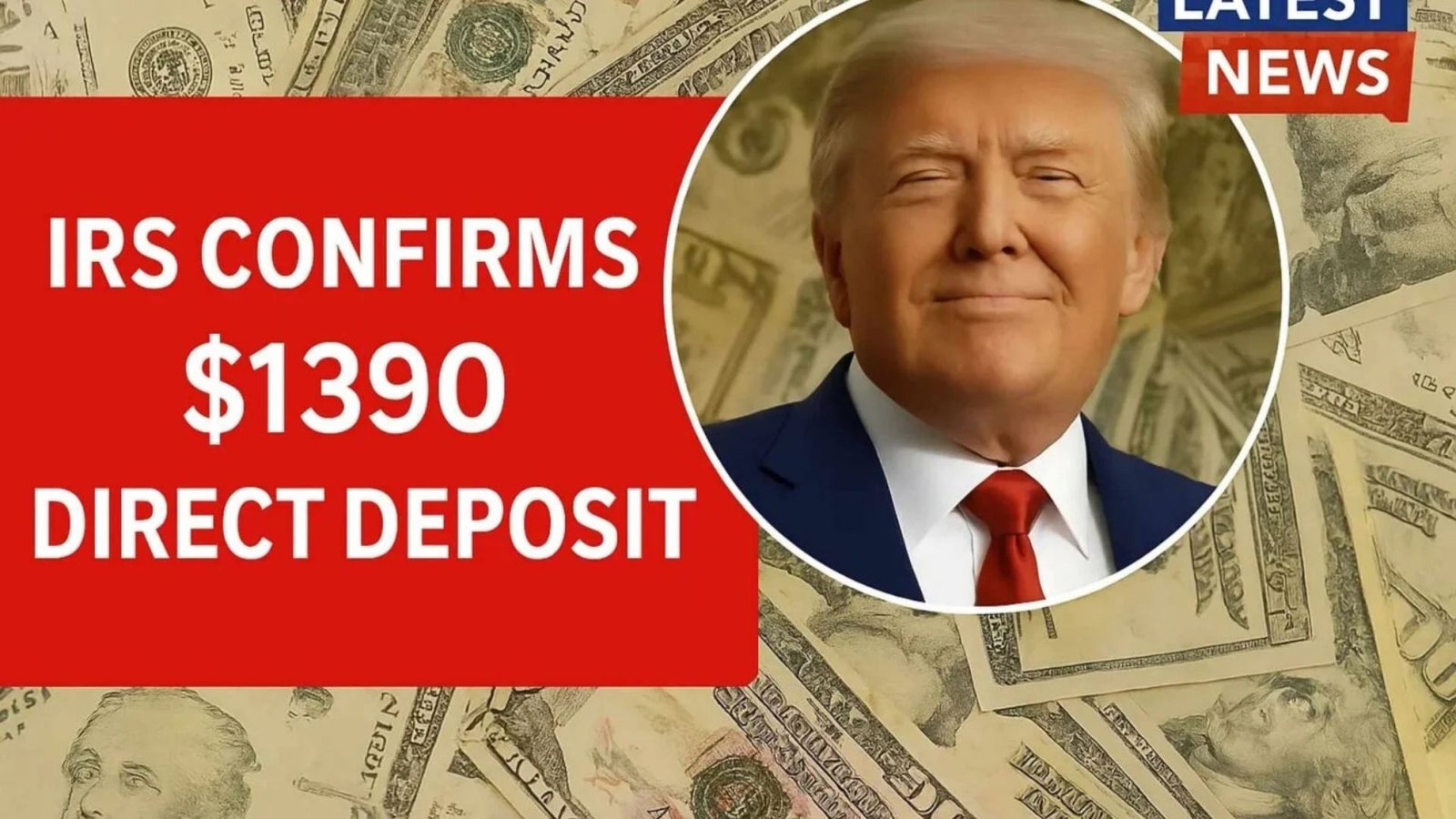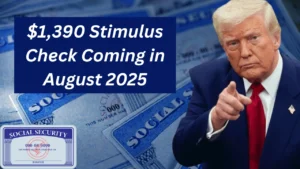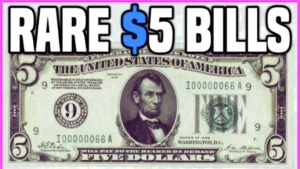The Internal Revenue Service (IRS) has announced a $1,390 stimulus check for eligible Americans starting in August 2025. This one-time, tax-free payment aims to help low- and middle-income households manage rising costs due to inflation. This article breaks down who qualifies, how to claim the payment, and key dates to know, all in simple language to make it easy to understand.
What Is the $1,390 Stimulus Check?
The $1,390 stimulus check is a federal relief payment designed to support Americans struggling with higher prices for essentials like groceries, rent, and utilities. Unlike previous stimulus checks, this payment is not tied to new legislation but is managed by the IRS under existing programs. It’s tax-free and won’t affect other benefits like Medicaid or SNAP (food stamps).
Why Is This Payment Happening?
The government is providing this relief to ease the financial burden caused by inflation and rising living costs. It targets people who need help the most, such as low-income families, retirees, and those receiving federal benefits.
Who Qualifies for the $1,390 Stimulus Check?
To get the $1,390 payment, you must meet specific income or benefit criteria. Here’s a clear breakdown of who is eligible:
Income-Based Eligibility
- Single Taxpayers: Individuals earning up to $75,000 per year (based on adjusted gross income, or AGI).
- Married Couples Filing Jointly: Couples with a combined AGI of $150,000 or less.
- Heads of Household: Taxpayers earning $112,500 or less annually.
Federal Benefits Eligibility
You automatically qualify if you receive:
- Social Security (retirement, SSI, or SSDI)
- Veterans Affairs (VA) benefits
- Railroad Retirement benefits
Even if your income is above the limits, you may still qualify if you receive these benefits, as long as your total income meets IRS guidelines.
Additional Payments for Dependents
Families with dependents, like children, may receive extra money, though the exact amount hasn’t been confirmed yet.
| Category | Eligibility Criteria | Payment Amount |
|---|---|---|
| Single Taxpayers | AGI up to $75,000 | $1,390 |
| Married Couples (Joint Filing) | AGI up to $150,000 | $1,390 |
| Head of Household | AGI up to $112,500 | $1,390 |
| Federal Benefit Recipients | Social Security, VA, Railroad Retirement | $1,390 |
| Families with Dependents | May qualify for additional funds | TBD |
How Will You Receive the $1,390 Payment?
The IRS will send payments in three ways, depending on your situation:
- Direct Deposit: The fastest method, sent to the bank account on file with the IRS or benefit agencies.
- Paper Check: Mailed to your latest address if no bank details are available.
- Prepaid Debit Card (EIP Card): Sent to some recipients without bank accounts.
To avoid delays, ensure your bank details and address are updated with the IRS.
Do You Need to Apply for the Stimulus Check?
For most people, no application is needed. The IRS will use your 2023 or 2024 tax return or federal benefit records to determine eligibility and send payments automatically. This includes:
- People who filed taxes recently.
- Those receiving Social Security, SSI, SSDI, VA, or Railroad Retirement benefits.
Non-Filers: How to Claim the Payment
If you don’t file taxes or receive benefits, you can still qualify by using the IRS Non-Filer Tool, expected to launch before August 2025. This online tool lets you submit your details to claim the payment.
| Situation | Application Required? |
|---|---|
| Filed 2023 or 2024 taxes | No |
| Receive Social Security/VA benefits | No |
| Non-filer, no benefits | Yes (Use Non-Filer Tool) |
When Will the Payments Arrive?
Payments are expected to start in August 2025, with the following timeline:
- Direct Deposits: Begin August 18, 2025.
- Paper Checks: Start mailing September 1, 2025.
- Prepaid Debit Cards: Start mailing September 15, 2025.
To track your payment, use the IRS “Get My Payment” tool, which will be updated closer to the rollout date.
How to Avoid Scams
With the announcement of this payment, scammers may try to trick people. The IRS will never:
- Ask for payment to “release” your check.
- Send links via text or email to claim the payment.
- Request bank or Social Security details through unofficial channels.
Always verify information through IRS.gov or trusted financial institutions.
Is the Payment Taxable?
No, the $1,390 stimulus check is completely tax-free. It won’t count as income when you file your taxes and won’t affect eligibility for programs like Medicaid, SNAP, or housing assistance.
How to Prepare for the Payment
To ensure you receive your payment on time:
- Update Your Information: Check your bank details and address on the IRS online portal.
- Monitor the IRS Website: Look for updates on the Non-Filer Tool and “Get My Payment” tool.
- Be Cautious of Scams: Only trust official IRS sources for information.
Conclusion
The $1,390 stimulus check in August 2025 is a vital lifeline for low- and middle-income Americans facing rising costs. By understanding eligibility, payment methods, and how to avoid scams, you can ensure you receive this tax-free relief without issues. Keep your information updated with the IRS and check official sources for the latest news. This payment is a step toward easing financial stress, so take action to secure your funds.
FAQs
Is the $1,390 stimulus check taxable?
No, the payment is 100% tax-free and won’t count as income for tax purposes.
Do I need to apply for the stimulus check?
If you filed taxes in 2023 or 2024 or receive federal benefits, no application is needed. Non-filers can use the IRS Non-Filer Tool.
When will I get my payment?
Payments start in August 2025: direct deposits on August 18, paper checks on September 1, and debit cards on September 15.
How can I track my stimulus payment?
Use the IRS “Get My Payment” tool, which will be updated closer to August 2025.
Will this payment affect my other benefits?
No, the payment won’t impact eligibility for Medicaid, SNAP, or housing assistance.





1 thought on “IRS $1390 Stimulus Check 2025: Eligibility, Payment Dates, and How to Claim”